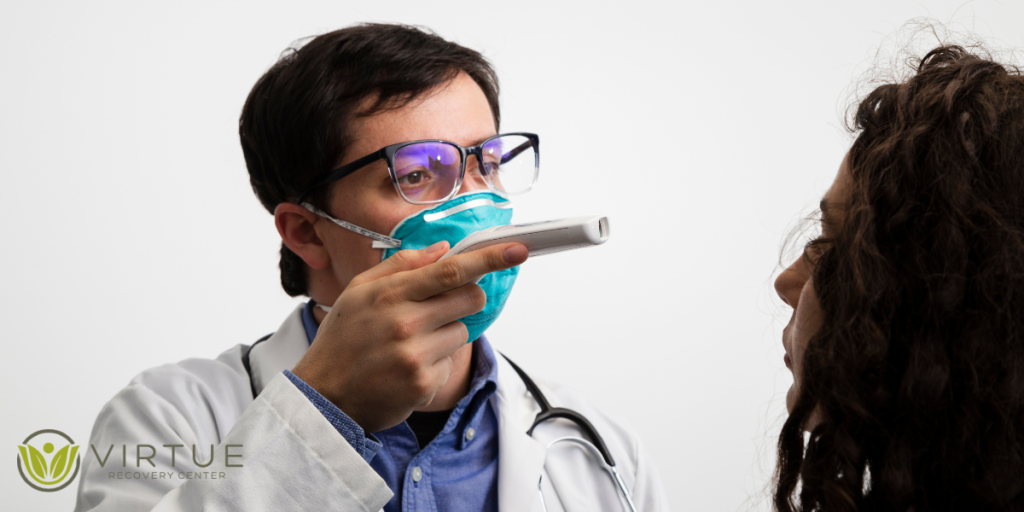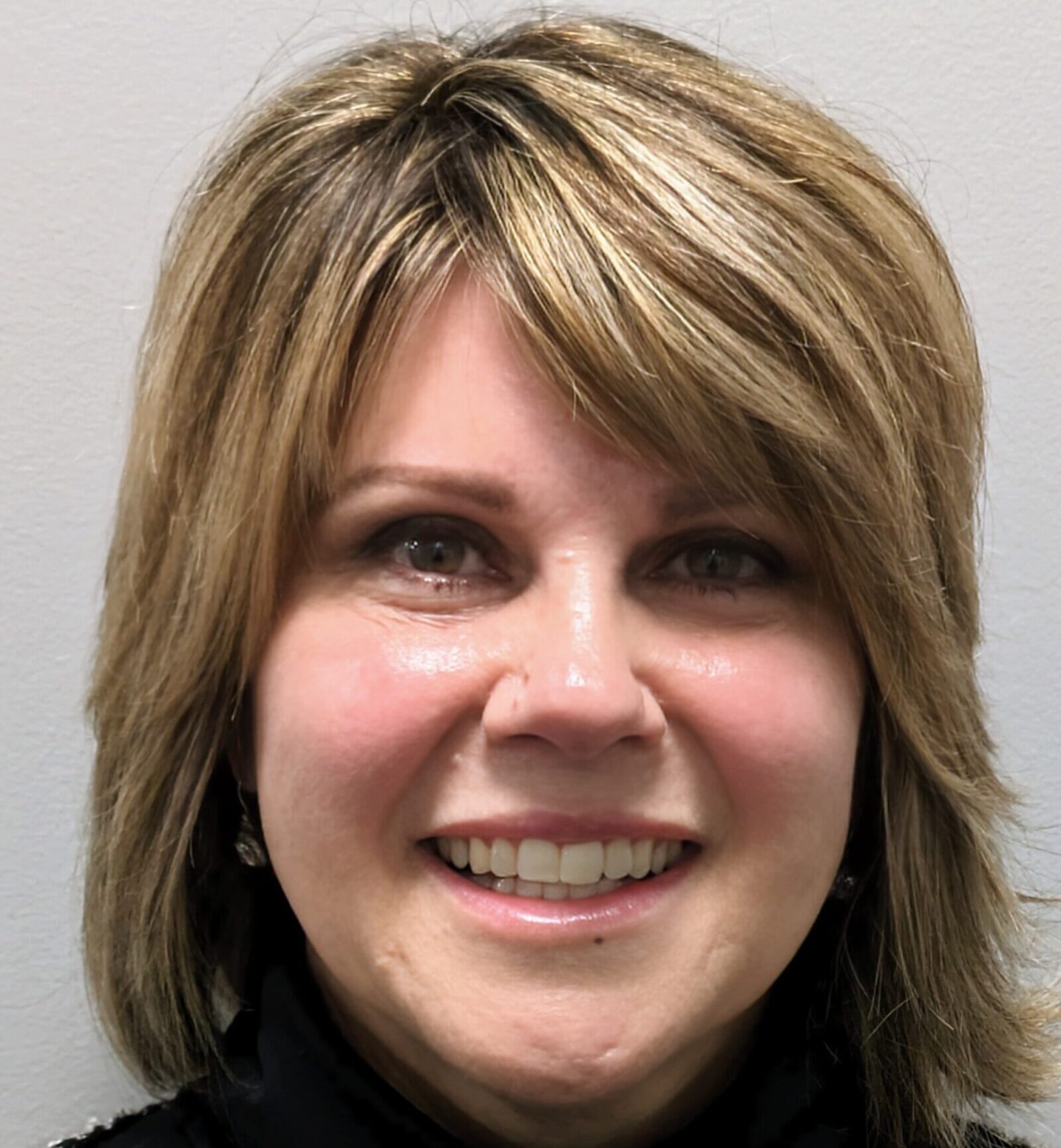Key Takeaways
- Addiction treatment programs support recovery from whippet use and other inhalants.
- These substances can cause severe brain, heart, and lung damage, even after short periods.
- Therapy, medical monitoring, and peer support help prevent relapse and rebuild health
- Structured care, such as a partial hospitalization program, can help individuals safely transition back to their everyday lives.
- Family education and lifestyle support are crucial for long-term wellness.
- Compassionate care helps adults and teens feel understood, respected, and supported
Introduction
Most people don’t think of household items, like whip-its (nitrous oxide), as dangerous. They may laugh it off as a harmless high during parties. But inhalants are not safe; even occasional use can quickly harm the brain, heart, and lungs. Over time, users risk nerve damage, sudden cardiac events, or memory loss. At addiction treatment centers, people are learning there’s better help than hiding their habits or self-medicating. Supportive addiction treatment programs in Las Vegas help users address both the physical and emotional sides of inhalant misuse. If you or a loved one is struggling with whippet addiction or regular inhalant use, there’s a path to healing. A combination of medical care, therapy, structure, and understanding can pave the way for recovery.What Are Whippets and Why Are They Dangerous?
“Whippets” refer to small canisters of nitrous oxide, often sold for use with whipped cream dispensers or converted into flavored cartridges. Sniffing the gas delivers short-term euphoria, lightheadedness, and giddiness. However, breathing in high levels cuts off oxygen to the brain and heart almost instantly. Studies show even small amounts can cause:- Memory loss and confusion
- Numbness or weakness in limbs
- Thin heart walls and irregular heartbeat
- Long-term vitamin B12 deficiency and nerve damage
How Do Addiction Treatment Programs Help?
Supportive addiction treatment programs include medical care, therapy, and structured environments for healing. They help users stop safely, identify triggers, and build healthier habits. Key components include:- Medical evaluation Team members check for oxygen deprivation, nerve damage, cardiac issues, and mental health concerns.
- Medical stabilization Doctors may supply oxygen, IV fluids, high-dose vitamin B12, or heart monitoring to support physical recovery.
- Therapy and counseling Individual and group therapy address why someone uses inhalants, whether coping with anxiety, peer pressure, pain, or boredom.
- Life-skill building Clients work on stress management, peer refusal strategies, and healthier alternatives to substance use.
What Is a Partial Hospitalization Program and Why Is It Used?
Some clients require more support than weekly therapy, but they don’t need 24/7 care. A partial hospitalization program offers structured treatment during the day, then allows individuals to return home at night. Participants may:- Attend therapy, medical check-ins, and group work throughout the day
- Go home to family or a stable living environment.
- Continue community activities or work part-time.
- Get support for stress, cravings, or mental health issues during transition.
Why Family Education Matters
Family involvement can significantly impact the success of recovery. Loved ones often don’t know how to support someone who struggles with inhalants. They might ignore signs or enable behaviors out of confusion or fear. A trusted resource is the Parents’ Guide to Preventing Inhalant Abuse, which offers clear advice for keeping people safe at home, as outlined in the CPSC guide. Virtue Recovery Las Vegas utilizes these tools to help families establish boundaries, understand their recovery needs, and maintain a supportive home environment.
Why Group Therapy Is So Important
Addiction often brings shame and secrecy. Group therapy breaks that isolation by offering peer support. People discover they are not alone in what they’re facing. Clients quickly find trust and shared understanding through real stories of withdrawal, relapse, or healing. That shared experience empowers change. At Virtue Recovery Las Vegas, therapy services include both individual and group sessions, enabling users to connect, practice effective communication, and develop a more comprehensive emotional toolkit.How Long Does Recovery Take?
Every person’s path is unique. Inhalant misuse can vary; some people use regularly, others binge only under stress or in a social setting. A typical recovery path may include:- Initial stabilization and evaluation (1–3 days)
- Partial hospitalization for several weeks to gain stability and safety
- Outpatient therapy and peer support for 3–6 months or longer
How Can Marijuana Addiction Treatment Programs Inform Supportive Addiction Treatment for Whippets and Inhalant Misuse?
Marijuana addiction treatment programs can serve as a valuable framework for addressing whippet and inhalant misuse, especially for individuals seeking neurodivergent marijuana treatment options. By understanding the unique needs of neurodivergent individuals, these programs can tailor therapeutic approaches that promote healthier coping mechanisms and support recovery pathways.









